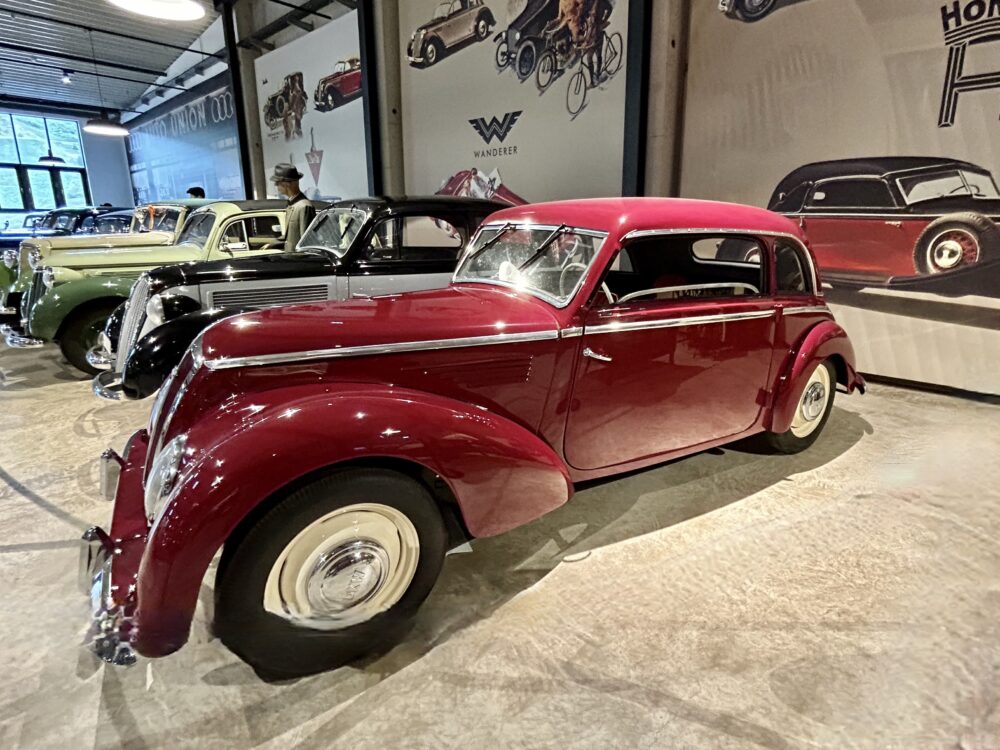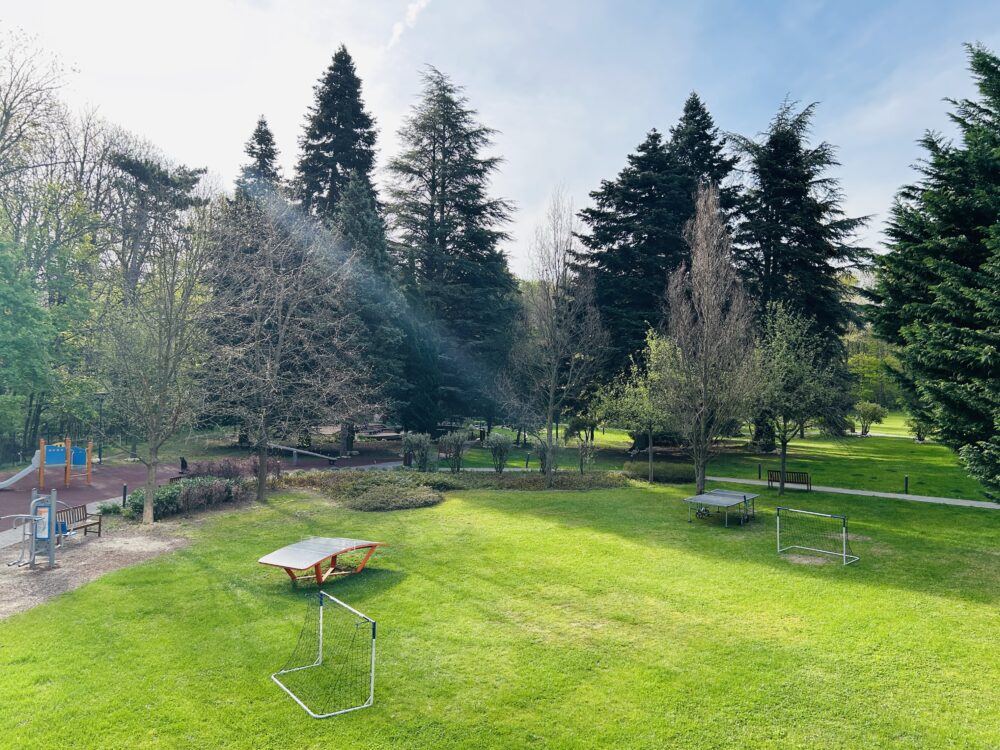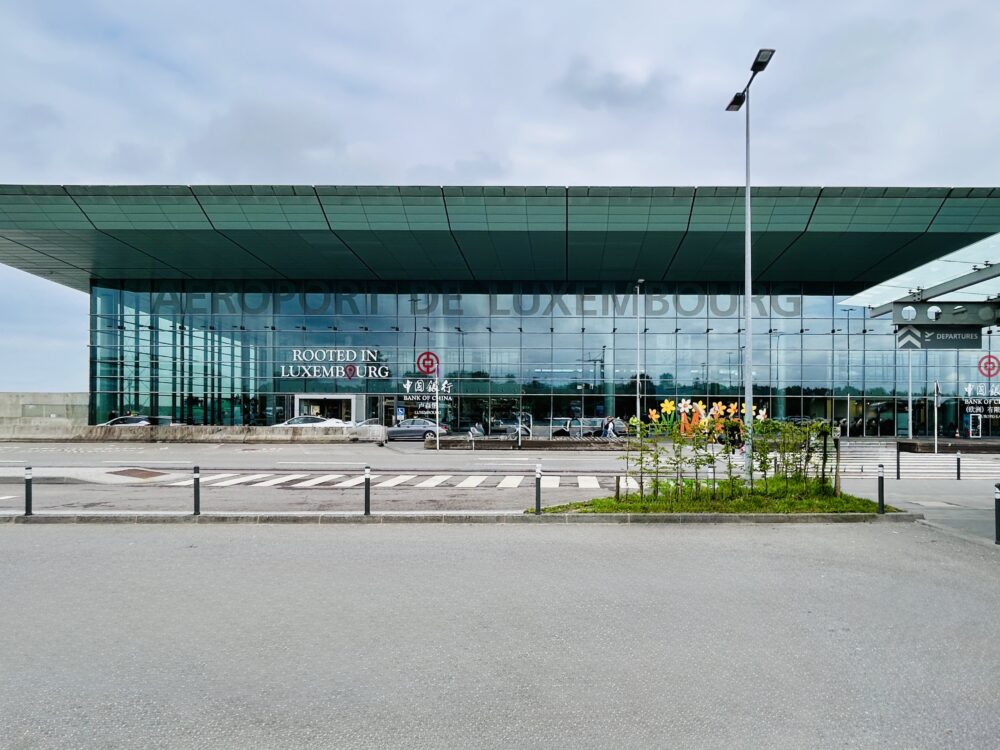The history of German landline phones with rotating dials is a captivating tale of technological innovation and societal transformation. These devices, which once symbolised cutting-edge technology, have now become cherished relics of a bygone era.
Early Innovations and Major Producers
The rotary dial phone was first patented by Almon Brown Strowger in 1891. However, it was Siemens & Halske, a major German producer, who patented their version of the rotary dial in 1913. Siemens, along with other companies like AEG and Deutsche Reichspost, played a significant role in the mass production and distribution of these phones throughout Germany.
Technological Evolution
Initially, rotary dial phones were mechanical marvels. Users would rotate the dial to generate pulses corresponding to the desired phone number. These pulses were then decoded by the telephone exchange to connect the call. Over time, the design of these phones evolved, incorporating more durable materials and more efficient mechanisms. By the 1960s, rotary dial phones had become a standard household item, gradually being replaced by push-button phones in the 1980s.
Expansion of the German Phone Network
The expansion of the telephone network in Germany during the 20th century was a gradual process. In the early 1900s, having a telephone was a luxury. However, post-World War II, there was a significant push to rebuild and expand the telecommunications infrastructure. By the 1960s, it became more common for private households to have a telephone line. The process of getting a phone line installed could take a few weeks, but by the late 20th century, it had become a relatively quick and straightforward process.
Comparison with the Soviet Block
In stark contrast, the Soviet block countries faced significant delays in telephone line installations. Due to centralised control and limited resources, it could take decades for a private person to get a phone line. This disparity highlights the differences in technological advancement and resource allocation between Western Europe and the Soviet block during the Cold War era.
The Zylinderhaus Exhibit
The Zylinderhaus in Bernkastel-Kues offers a nostalgic glimpse into the past with its exhibition of rotary dial phones. Among the collection is a unique phone with a protective case, reminiscent of modern mobile phone cases. This exhibit not only showcases the technological advancements but also reflects on how these devices have become an integral part of our daily lives.
The journey of the rotary dial phone from a novel invention to a household necessity underscores the rapid pace of technological progress and its profound impact on society. Today, these vintage devices serve as a reminder of the ingenuity and innovation that paved the way for modern telecommunications.
#VintageTech #TelecomHistory #RotaryDial #GermanEngineering #ZylinderhausExhibit













